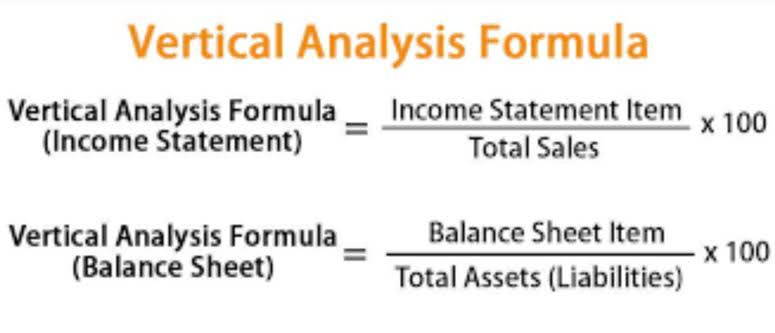
If you can depreciate the cost of computer software, use the straight line method over a useful life of 36 months. This method lets you deduct the same amount of depreciation each year over the useful life of the property. To figure your deduction, first determine the adjusted basis, salvage value, and estimated useful life of your property. Subtract the salvage value, if any, from the adjusted basis. The balance is the total depreciation you can take over the useful life of the property.
Choosing depreciation method

The alternate ACRS method allows you to depreciate your 15-year real property using the straight line ACRS method over the alternate recovery periods of 15, 35, or 45 years. If you selected a 15-year recovery period, you use the percentage (6.667%) from the schedule above. You prorate this percentage for the number of months the property was in service in the first year.
Straight-Line Depreciation
The declining balance method is a type of accelerated depreciation used to write off depreciation costs earlier in an asset’s life and to minimize tax exposure. With this method, fixed assets depreciate more so early in life rather than evenly over their entire estimated useful life. Depreciation allows businesses to spread the cost of physical assets over a period of time, which has advantages from both an accounting and tax perspective. Businesses have a variety of depreciation methods to choose from, including straight-line, declining balance, double-declining balance, sum-of-the-years’ digits, and unit of production . An improvement made to listed property that must be capitalized is treated as a new item of depreciable property.

Which assets cannot be depreciated?
- Tara Corporation, a calendar year taxpayer, was incorporated and began business on March 15.
- You reduce the adjusted basis ($1,000) by the depreciation claimed in the first year ($200).
- Your deduction for 1985 through 2003 is shown in the following table.
- The declining balance method is an accelerated depreciation method.
- You can also depreciate certain intangible property, such as patents, copyrights, and computer software.
- Land, unlike buildings, has an infinite useful life (with limited exceptions) and should not be depreciated.
You must also increase the 15-year safe harbor amortization period to a 25-year period for certain intangibles related to benefits arising from the provision, production, or improvement of real property. For this purpose, real property includes property that will remain attached depreciable assets list to the real property for an indefinite period of time, such as roads, bridges, tunnels, pavements, and pollution control facilities. You begin to depreciate your property when you place it in service for use in your trade or business or for the production of income.
- This excess basis is the additional cash paid for the new automobile in the trade-in.
- This means that there will be a large difference between tax expense and taxable income at the beginning of the accounting period.
- If your total acquisitions are greater than $2,890,000 the maximum deduction begins to be phased out.
- The placed in service date for your property is the date the property is ready and available for a specific use.
- The depreciable amount is defined as the difference between an asset’s cost and its residual value.
- The depreciable cost is allocated over the useful life of the asset.
If the videocassette has a useful life of 1 year or less, you can currently deduct the cost as a business expense. If you can depreciate the cost of a patent or copyright, use the straight line method over the useful life. The useful life of a patent or copyright is the lesser of the life granted to it by the government or the remaining life when you acquire it. However, if the patent or copyright becomes valueless before the end of its useful life, you can deduct in that year any of its remaining cost or other basis. On April 6, Sue Thorn bought a house to use as residential rental property.
- Our job is to ensure that every taxpayer is treated fairly and that you know and understand your rights under the Taxpayer Bill of Rights.
- You apply the half-year convention by dividing the result ($200) by 2.
- Larry’s inclusion amount is $224, which is the sum of −$238 (Amount A) and $462 (Amount B).
- If Maple buys cars at wholesale prices, leases them for a short time, and then sells them at retail prices or in sales in which a dealer’s profit is intended, the cars are treated as inventory and are not depreciable property.
- It also includes rules regarding how to figure an allowance, how to elect not to claim an allowance, and when you must recapture an allowance.
- Acquiring assets should allow you to increase production directly or indirectly.
How much will you need each month during retirement?

These rules are mandatory and generally apply to tangible property placed in service after 1980 and before 1987. If you placed property in service during this period, you must continue to figure your depreciation under ACRS. Dean does not have to include section 179 partnership costs to figure any reduction in the dollar limit, so the total section 179 costs for the year are not more than $2,890,000 and the dollar limit is not reduced. However, Dean’s deduction is limited to the business taxable income of $80,000 ($50,000 from Beech Partnership, plus $35,000 from Cedar Partnership, minus $5,000 loss from Dean’s sole proprietorship).
What is the Depreciation Period for a Depreciable Asset?

